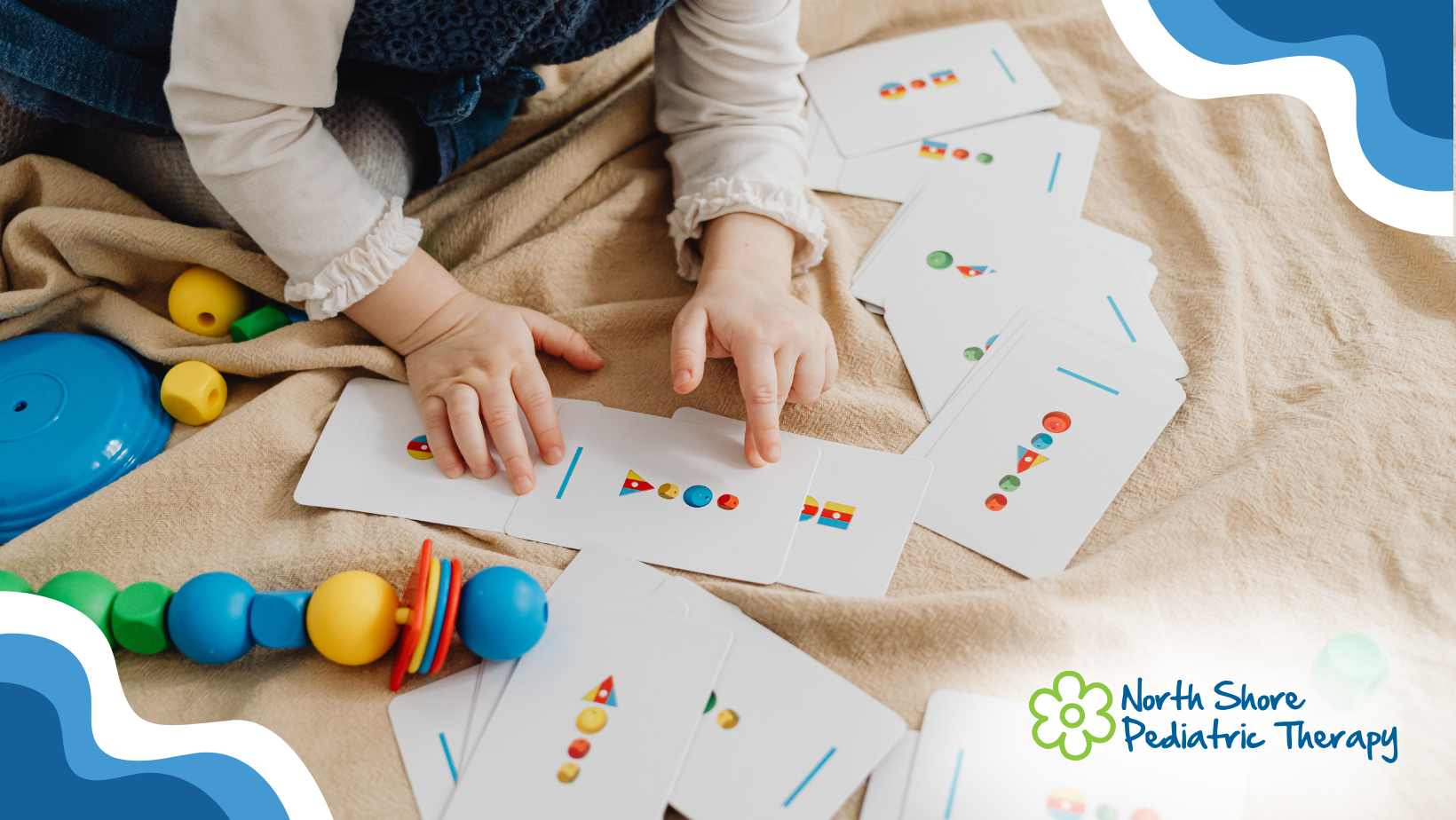WHAT IS STIMMING?
Stereotypy or self-stimulatory behavior refers to repetitive body movements or repetitive movement of objects. These movements are used solely to stimulate one’s own senses. This behavior is common in many individuals with developmental disabilities; it appears to be most common in children and adults with autism. It is important to note that not all self-injurious behaviors are considered to be self-stimulatory. Self-injurious behavior can also be communicative (see below).
WHAT ARE SOME SYMPTOMS OF STIMMING?
Stimming symptoms include: gazing at a wall or fixating on an object; repetitive body movements such as rocking back and forth; repetitive movement of objects, such as turning on and off light switches.
Here are some stereotypical stimming behaviors.
- Visual: Staring at lights or ceiling fans; repetitive blinking; moving fingers in front of the eyes; hand-flapping, gazing at nothing in particular; tracking eyes; peering out of the corners of eyes; lining up objects; turning on and off light switches.
- Auditory: Vocalizing in the form of humming, grunting, or high-pitched shrieking; tapping ears or objects; covering and uncovering ears; snapping fingers; making vocal sounds; repeating vocal sequences; repeating portions of videos, books or songs at inappropriate times.
- Tactile: Scratching or rubbing the skin with one’s hands or with another object; opening and closing fists; tapping surfaces with fingers.
- Vestibular: Rocking front to back; rocking side-to-side; spinning; jumping; pacing.
- Taste: Placing body parts or objects in one’s mouth; licking objects.
- Smell: Sniffing or smelling people or objects.
WHY MIGHT MY CHILD BE ENGAGED IN STIMMING?
Children with ASD engage in stimming for a variety of reasons. One explanation is that it releases opiate-like substances in the brain called beta-endorphins, which can produce either a euphoric or anesthetic effect. Others believe that stimming could be due to the mechanism that provides: (a) an extra dose of internal stimulation for children with ASD who feel under-stimulated or (b) a feeling of tranquility for children who feel overstimulated.
Children who are hypersensitive, or overly sensitive to stimuli, may engage in stimming because they want to reduce their current level of stimulation, whether they perceive their environments as too loud, bright or crowded.
Children who are hyposensitive, or under-responsive to stimuli, may demonstrate the opposite effects: stimming may actually increase arousal. They may engage in self-stimulatory behaviors that provide them with an extra dose of sensory excitement, such as flapping or spinning, licking toys, sucking on household objects, or standing at sinks and running their hands under cold water.
In extreme instances, stimming may take on the form of self-injurious behavior. Examples include head banging, eye poking, and handing biting. Not all self-injurious behaviors are considered self-stimulating. Self-injurious behavior can also be communicative; children may hit their heads because they are frustrated and unable to tell their parents or caretakers what they want.
HOW MIGHT I HELP TREAT MY CHILD’S STIMMING?
Evidence suggests that the combination of positive reinforcement for functional responses with deceleration techniques (i.e extinction or over-correction) may provide an effective means of reducing self-stimulatory behavior and will help teach appropriate replacement behaviors.
OUR APPROACH FROM NORTH SHORE PEDIATRIC THERAPY
Our program at North Shore Pediatric Therapy will help your child decrease his/her self-stimulatory behaviors by proactively redirecting your child to more appropriate behaviors and, more important, by teaching your child appropriate play skills. Our highly trained and experienced behavior team will determine the function of this behavior and develop an appropriate overcorrection procedure. In addition, we will create a behavior support plan developed exclusively for your child.














